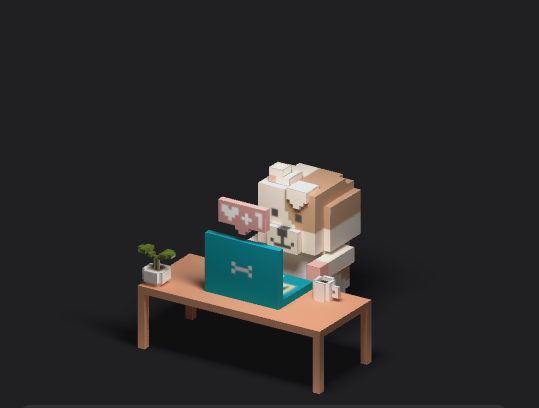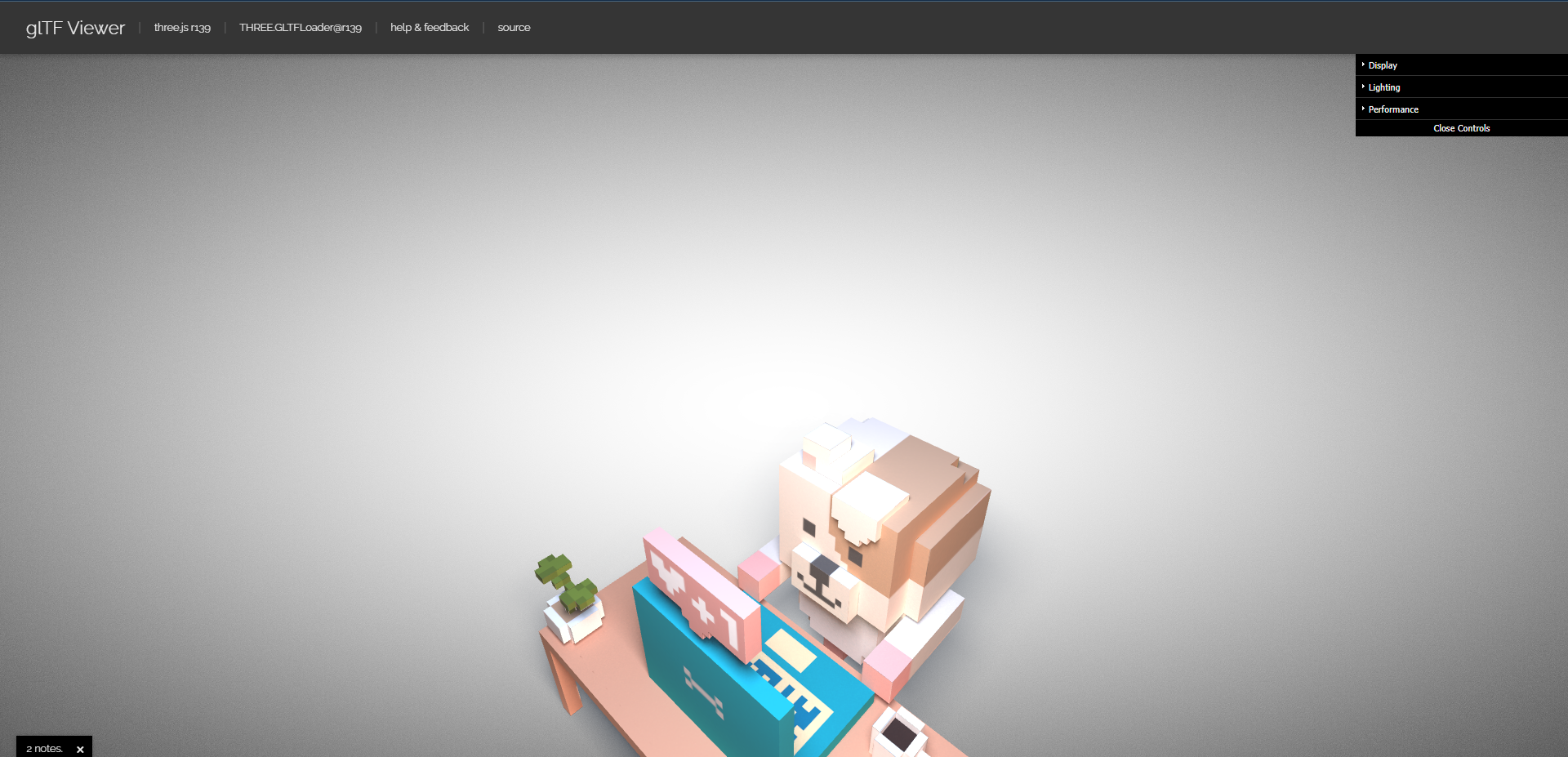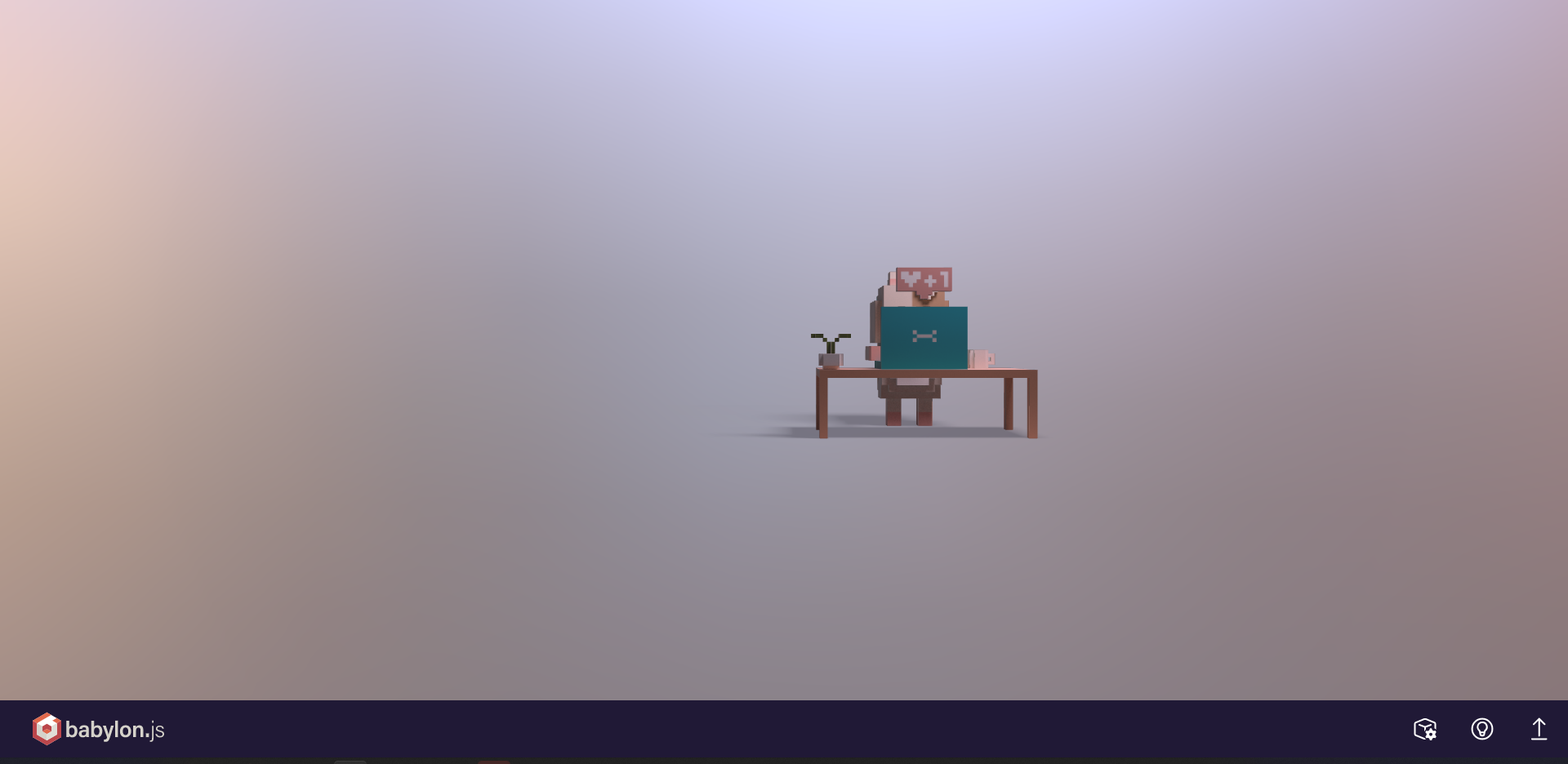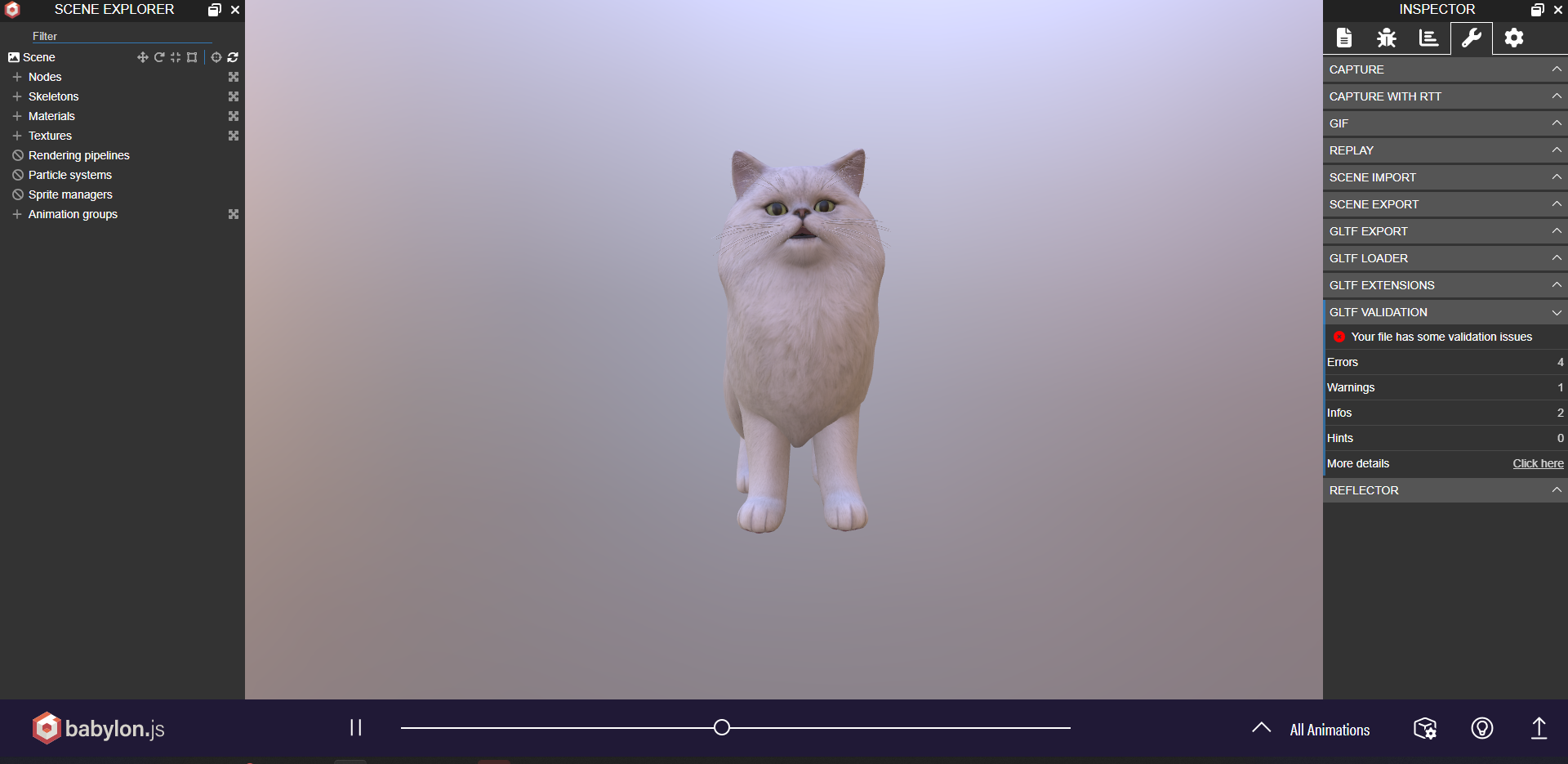I downloaded this model from Sketchfab , The model scale is appearing normal when open in Windows 3D Viewer, three.js glTF Viewer and Babylon.js View, but when load the model in three.js module, some model’s scale is incorrect, for example.
three.js in Website

three.js glTF Viewer

Babylon.js Viewer

This model scale is correct, when open in another application, it scale correctly.
Model name : dog.glb
Source : GitHub - craftzdog/craftzdog-homepage: My homepage
three.js in Website

three.js glTF Viewer

Babylon.js Viewer

This model scale is incorrect and so tiny, but when open in another application, it scale correctly
Model name : แมวประเทศไทย
Source : Sketchfab
Here is GLTF Loader Code
import { GLTFLoader } from 'three/examples/jsm/loaders/GLTFLoader'
export function loadGLTFModel(
scene,
glbPath,
options = { receiveShadow: true, castShadow: true }
) {
const { receiveShadow, castShadow } = options
return new Promise((resolve, reject) => {
const loader = new GLTFLoader()
loader.load(
glbPath,
gltf => {
const obj = gltf.scene
obj.name = 'persian'
obj.position.x = 0
obj.position.y = 0
obj.receiveShadow = receiveShadow
obj.castShadow = castShadow
scene.add(obj)
obj.traverse(function (child) {
if (child.isMesh) {
child.castShadow = castShadow
child.receiveShadow = receiveShadow
}
})
resolve(obj)
},
undefined,
function (error) {
reject(error)
}
)
})
}
Here is Model Display Code
import { useState, useEffect, useRef, useCallback } from 'react'
import { Box, Spinner } from '@chakra-ui/react'
import * as THREE from 'three'
import { OrbitControls } from 'three/examples/jsm/controls/OrbitControls'
import { loadGLTFModel } from '../lib/model'
function easeOutCirc(x) {
return Math.sqrt(1 - Math.pow(x - 1, 4))
}
const PersianCat = () => {
const refContainer = useRef()
const [loading, setLoading] = useState(true)
const [renderer, setRenderer] = useState()
const [_camera, setCamera] = useState()
const [target] = useState(new THREE.Vector3(-0.5, 1.2, 0))
const [initialCameraPosition] = useState(
new THREE.Vector3(
20 * Math.sin(0.2 * Math.PI),
10,
20 * Math.cos(0.2 * Math.PI)
)
)
const [scene] = useState(new THREE.Scene())
const [_controls, setControls] = useState()
// On component mount only one time.
/* eslint-disable react-hooks/exhaustive-deps */
useEffect(() => {
const { current: container } = refContainer
if (container && !renderer) {
const scW = container.clientWidth
const scH = container.clientHeight
const renderer = new THREE.WebGLRenderer({
antialias: true,
alpha: true
})
renderer.setPixelRatio(window.devicePixelRatio)
renderer.setSize(scW, scH)
renderer.outputEncoding = THREE.sRGBEncoding
container.appendChild(renderer.domElement)
setRenderer(renderer)
// 640 -> 240
// 8 -> 6
const scale = scH * 0.005 + 4.8
const camera = new THREE.OrthographicCamera(
-scale,
scale,
scale,
-scale,
0.01,
50000
)
camera.position.copy(initialCameraPosition)
camera.lookAt(target)
setCamera(camera)
const ambientLight = new THREE.AmbientLight(0xcccccc, 1)
scene.add(ambientLight)
const controls = new OrbitControls(camera, renderer.domElement)
controls.autoRotate = true
controls.target = target
setControls(controls)
loadGLTFModel(scene, '/persian.glb', {
receiveShadow: false,
castShadow: false
}).then(() => {
animate()
setLoading(false)
})
let req = null
let frame = 0
const animate = () => {
req = requestAnimationFrame(animate)
frame = frame <= 100 ? frame + 1 : frame
if (frame <= 100) {
const p = initialCameraPosition
const rotSpeed = -easeOutCirc(frame / 120) * Math.PI * 20
camera.position.y = 10
camera.position.x =
p.x * Math.cos(rotSpeed) + p.z * Math.sin(rotSpeed)
camera.position.z =
p.z * Math.cos(rotSpeed) - p.x * Math.sin(rotSpeed)
camera.lookAt(target)
} else {
controls.update()
}
renderer.render(scene, camera)
}
return () => {
cancelAnimationFrame(req)
renderer.dispose()
}
}
}, [])
return (
<Box
ref={refContainer}
className="persian-cat"
m="auto"
at={['-20px', '-60px', '-120px']}
mb={['-40px', '-140px', '-200px']}
w={[280, 480, 640]}
h={[280, 480, 640]}
position="relative"
>
{loading && (
<Spinner
size="xl"
position="absolute"
left="50%"
top="50%"
ml="calc(0px - var(--spinner-size) / 2)"
mt="calc(0px - var(--spinner-size))"
/>
)}
</Box>
)
}
export default PersianCat